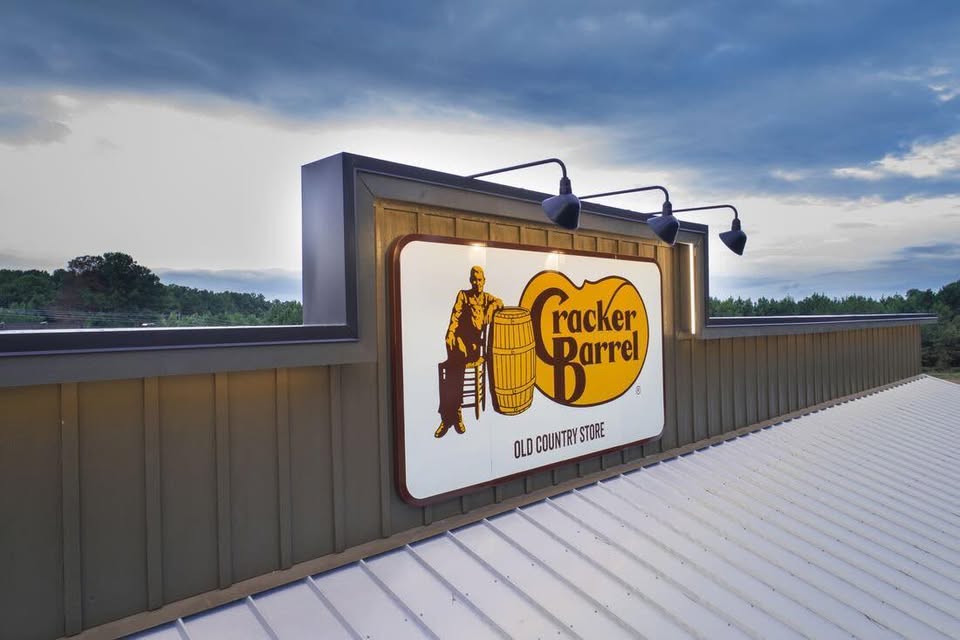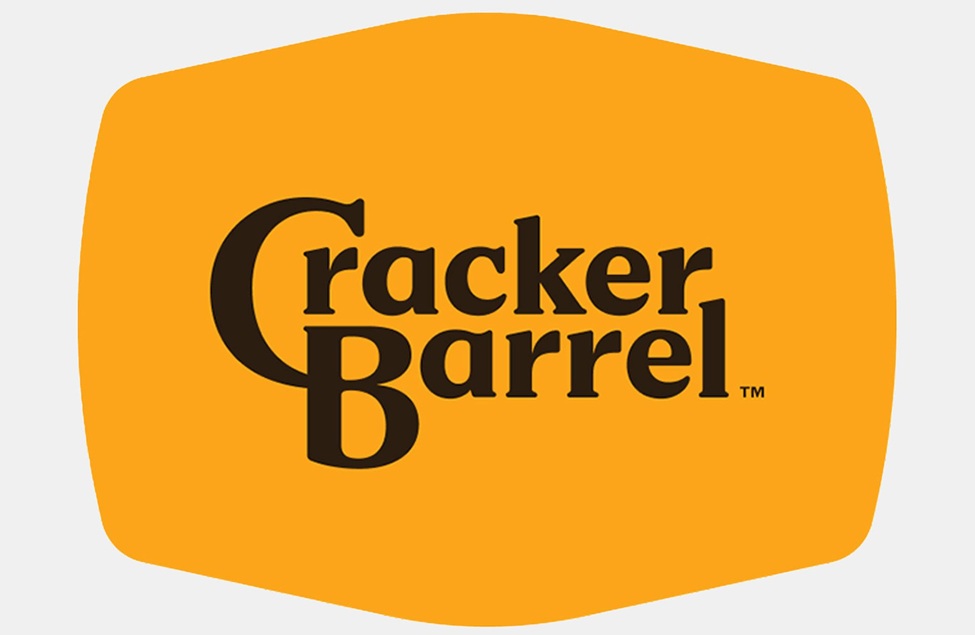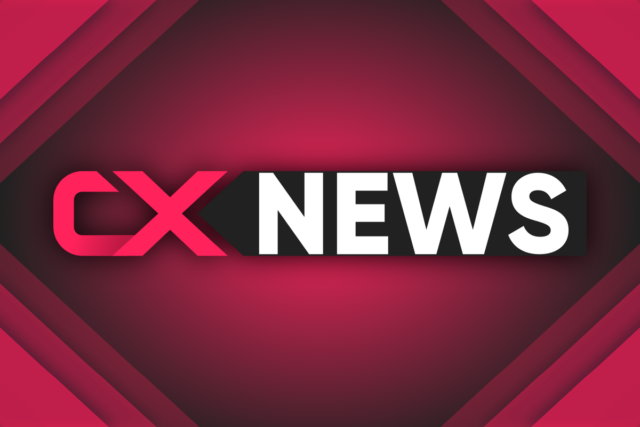September 19, 2025
Cracker Barrel Results Highlight the Cost of Rebranding Gone Wrong

The pressure from marketing teams or agencies, year after year, for a rebrand, refresh or restyle is a constant in most larger companies. The chance to evolve, widen the audience, or reach out to Gen-Z can sound like a compelling customer experience argument, especially for a traditional values-focused company like Cracker Barrel.
And while the ideas may look great on the mood board, in the boardroom and according to focus groups. In the harsh light of consumer or user reality, the likes of Jaguar, Cracker Barrel and many others have all sparked great ire this year.
In this week’s earnings results, Cracker Barrel’s (a US southern-style restaurant and gift store concept running for over 50 years and with over 650 outlets) CEO admitted that the change had not gone down well.
The new logo design removed the sketch art barrel and Uncle “Old Timer” Herschel, a founder’s relative. It also replaced the cracker shape logo with a simpler curved polygon and modernised the typeface.
The new, short-lived, logo looks modern, bold and simple, but is totally devoid of emotional connection.
Add in recent misfires from Jaguar Cars and HBO Max (going from “HBO Max” to “MAX” and back to “HBO Max” in a couple of years) among others, and there are plenty of lessons that any company can learn about the invisible and visible value of their brand.
Negative Feedback on the Menu
The main piece of positive news from Cracker Barrel is the rebrand was in the early stages, with only four stores transformed. That’s a practical approach across any company with a large footprint, minimising the impact, in case of backlash.
However, the launch of the logo online (and subsequent social media flare-up) cost the company 8% of store traffic since the “gone woke” pile-on began, plus a material impact on earnings that saw stock down 18%, but recovering.
During the earnings call, President and CEO Julie Masino noted that “The feedback we received from our guests in recent weeks on our brand refresh and store remodels has shown us just how deeply people care about Cracker Barrel. We thank our guests for sharing their voices and love for the brand and telling us when we’ve mis-stepped.”
Further missteps included a soft social media post to customers that tried to reassure but sounded like a rapid retreat into the past. Even as Masimo stated that the Tennessee-based company Masino was losing visibility in a world of technology, and changing consumer food and travel habits.
It then took a few more days for the company to roll back the rebrand. Highlighting that any change must weigh the value of emotional attachment to a consumer brand, or the trust in an enterprise or B2B brand.
Shooting Customer Experience Lessons in a Cracker Barrel
Emergency-level incident planning must be in place should something go wrong, with in-place messaging for media, employees and customers. Making that up on the fly or under pressure to respond can result in weak messaging.
Finally, whatever the pressure for a rebrand, leaders must be clear on the material benefits vs the financial trade-off and emotional risk, if or when it backfires.
In the current climate, almost any change is at risk of a social or media pile-on. Therefore any change that can come as a surprise to customers or consumers needs to be trailed well beyond focus groups and a press release.
Evolution beats revolution for most brands, and if a business is in decline, the typical trigger for a rebrand, look at other ways of turning the company around than hoping for a “quick fix” rebrand.
A merger or takeover is probably the best time, as with ParkHub/JustPark recently, when employees and customers can expect a shake-up from the new leadership.
And, finally, if you cause your business and employees to look silly in front of the world, at least apologise. Rather than send some tone-deaf memo (that you know will leak in seconds) to staff.




